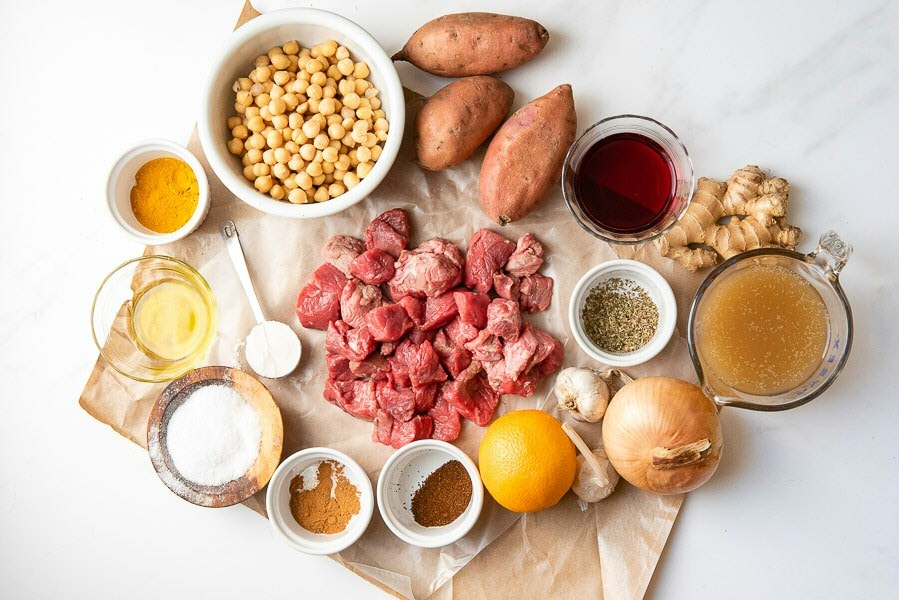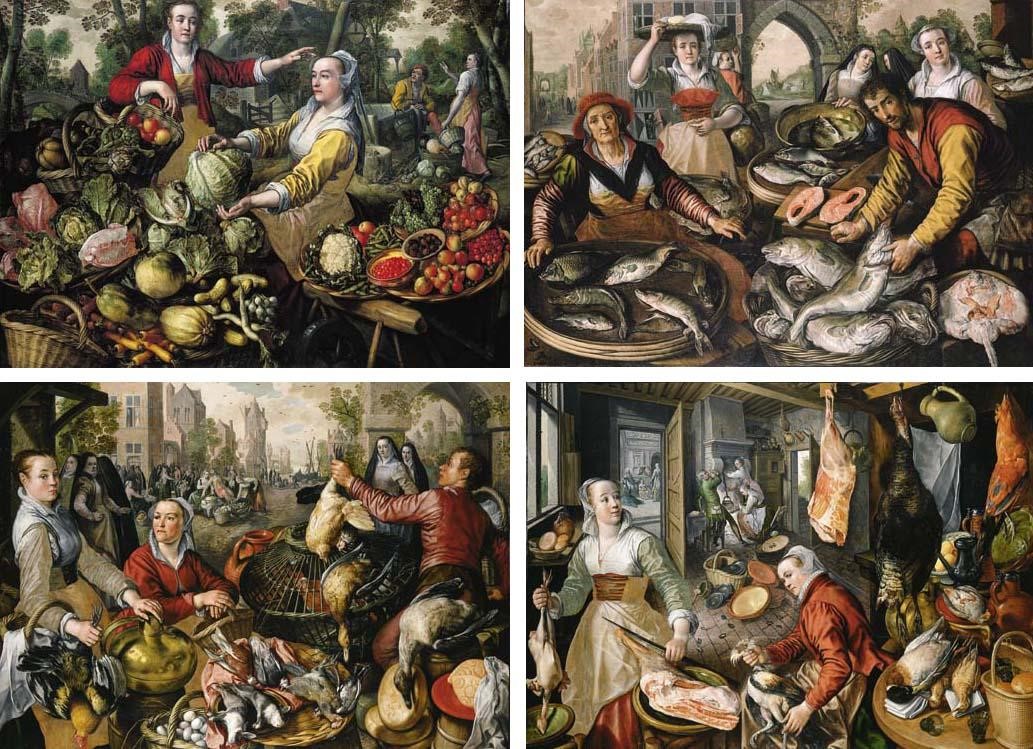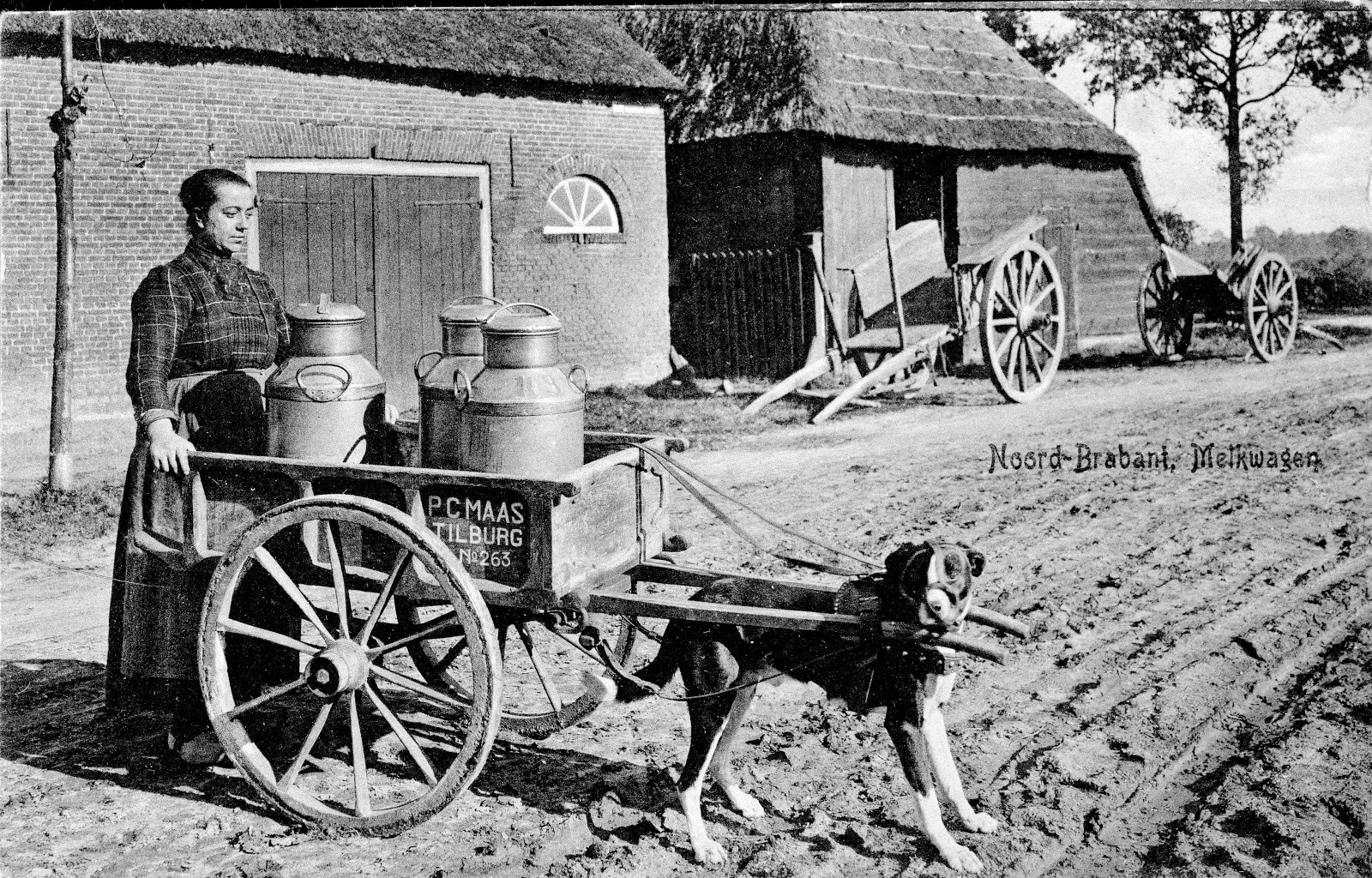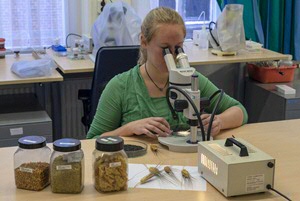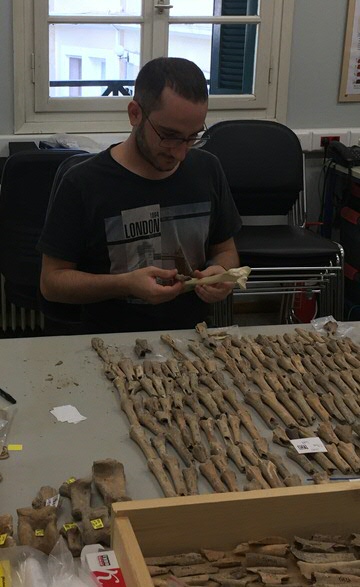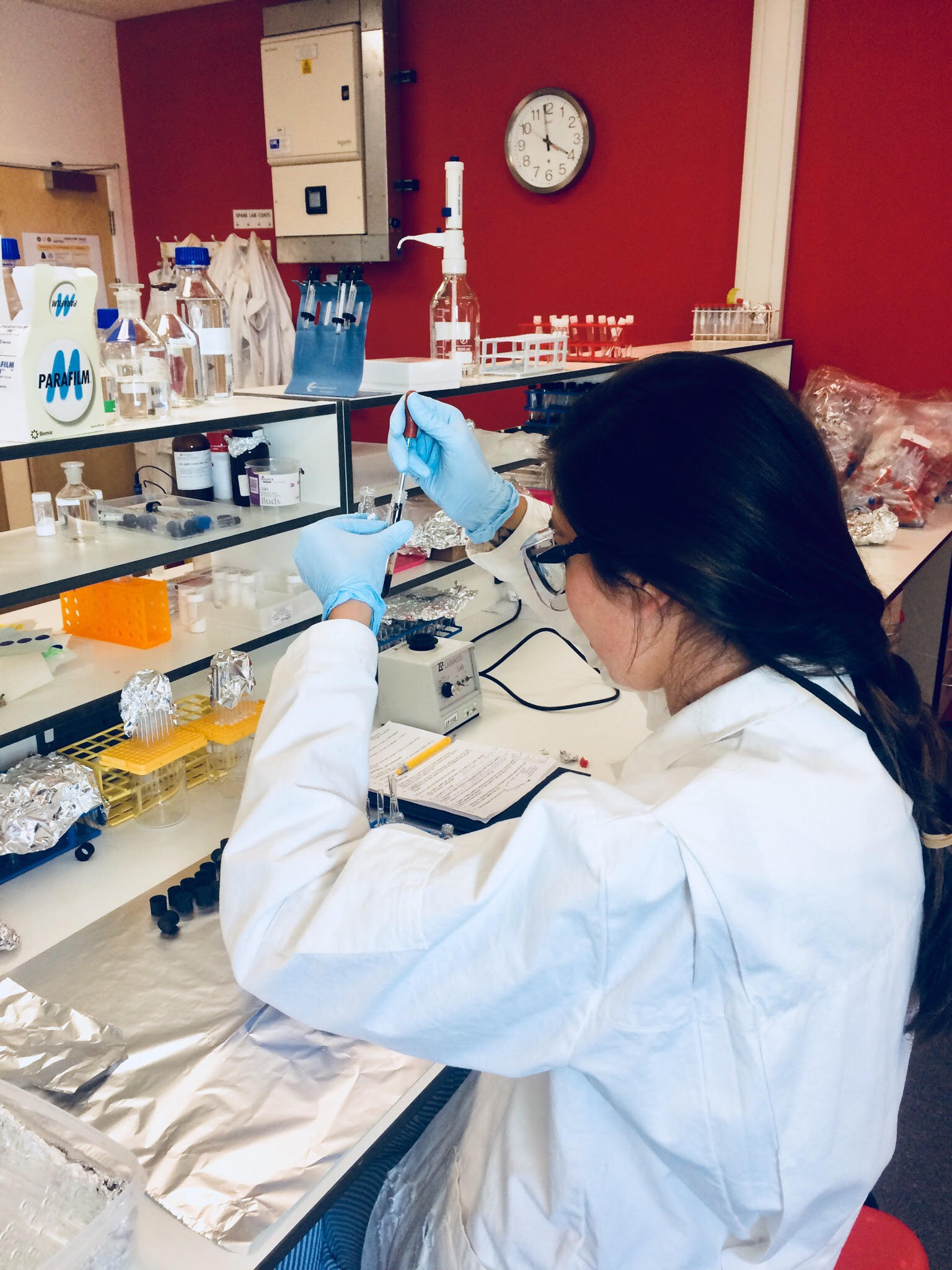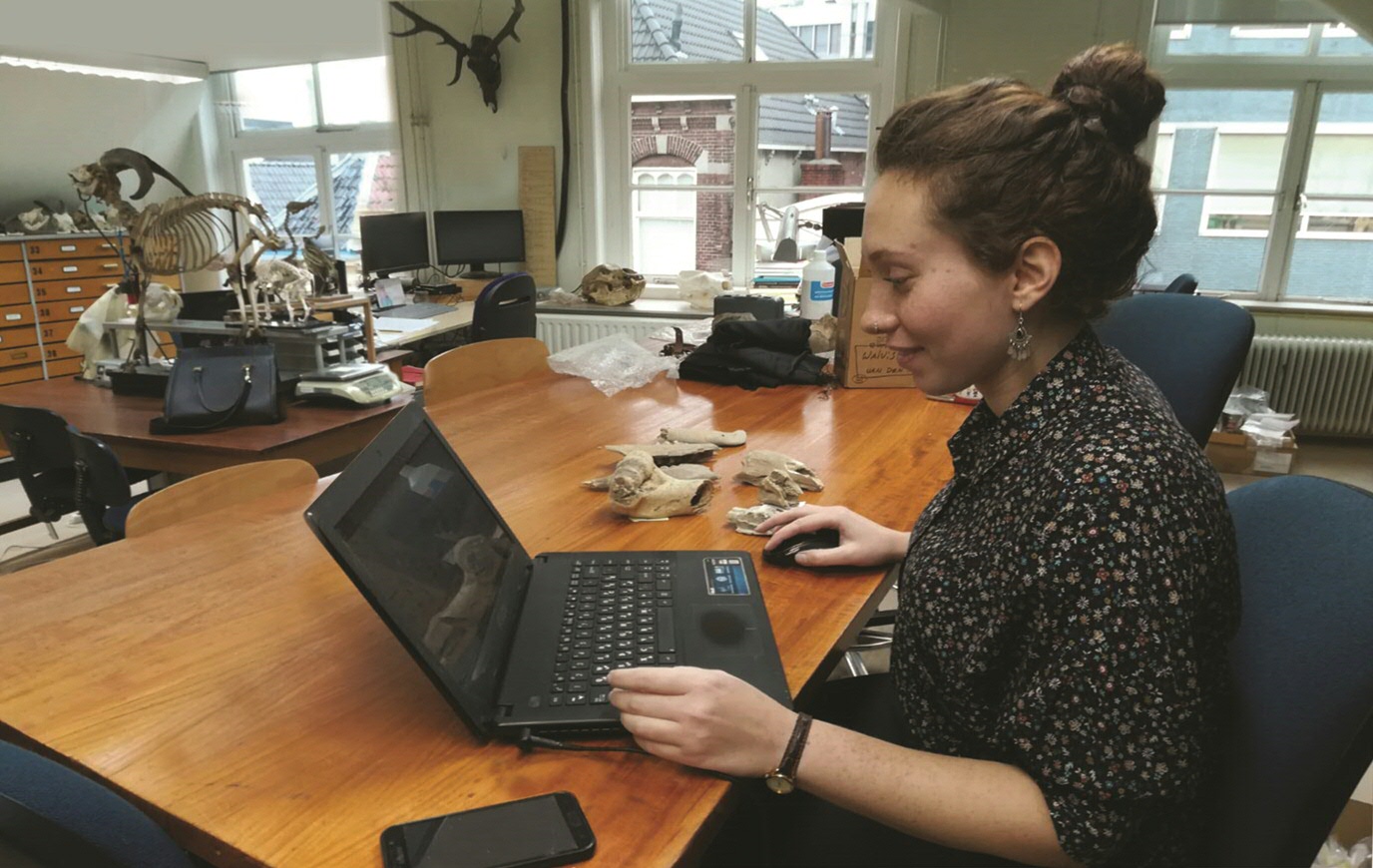The Archaeo-Foodtruck: how can we find out what people ate in the past?
Everybody has to eat in order to survive, now as well as in the past. But what exactly did people eat? And what is the difference between eating in Prehistory and in the Golden Age? In order to answer these questions, you have to look at the waste people have left behind: the pots in which they cooked, the inedible kitchen waste that was thrown away, but also at the food that was eaten, digested and defecated.
Archaeologists who specialize in reconstructing past food preparation and consumption approach this subject from various research disciplines: they study plant remains and animal bones, and analyse the crusted residue on pots deriving from animal products like milk, butter and fat. The combination of these disciplines not only enables archaeologists to reconstruct what people used to eat, but it also provides insights in the way the diet changed throughout the centuries. Tastes differ, but is our modern diet really that different from the diet in the past?
Presenters
| Canan Cakirlar | Canan Cakirlar is assistant professor Zooarchaeology. By studying animal bones from archaeological excavations, she reconstructs the way people and animals lived together, how and why animals were domesticated and in what way wild animals continue to play a part in our society. |
| Francesca Slim | As a zooarcaheologist Francesca Slim studies pig bones from Greece and Turkey for her PhD project. She hopes to determine whether and how the relation between man and pig changed in the period between 1500 and 700 BC, a turbulent period in terms of social, economic and political development. Her research will show whether these developments impacted the way in which people kept and used pigs. |
| Matilda Siebrecht | Matilda Siebrecht is a ‘microwear analyst’. As part of her PhD project she studies the microscopic traces present on bone, ivory, and antler tools from the prehistoric Arctic in order to understand how these tools were made and used in the past. Through this, we can detect differences between different groups and learn how past societies interacted with each other over time and through space. |
| Merit Hondelink | Merit Hondelink is a PhD candidate and as an archaeobotanist she investigates what people ate in the early modern era. She does so by comparing seeds and fruits from cesspit samples (old poop and kitchen waste) with the ingredients listed in antique cook books. Her study reveals whether our way of eating and cooking is really all that different from the past. |
| Özge Demirci | Özge Demirci is an archaeologist who is specialising on lipid residue analysis on early pottery. As part her PhD research, she studies ancient cooking pots which were used by early hunter-gatherer-fisher community (Swifterbant culture) in the Netherlands. She investigates whether these cooking pots were used for specific (culinary) purposes by conducting chemical analyses on carbonised food remains left on the pots. She also looks at the differences in the use of the pots between different groups of the Swifterbant culture. |
| Safoora Kamjan | Safoora Kamjan is a zoorachaeologist and is interested in what the first farmers in the Netherlands ate. As part of her PhD research, she studies 5000 year old waste from the region around The Hague. By looking at cow teeth and bones, she determines whether the farmers bred cows, and investigates the role meat and milk consumption played in their society. |
| Taravat Talebi | Taravat Talebi is a palynologist and studies pollen produced by plants as part of her PhD project. By determining from which plant the pollen from an archaeological context derives, she is able to reconstruct the past vegetation and the influence humans had on it, as well as what people grew and cultivated. |
| Youri van den Hurk | Being a zooarchaeologist Youri van den Hurk investigates whales and related species. People have hunted whales for centuries. Youri studies the changing relationship between men and whales in the Middle Ages as part of his PhD research (at UCL). He looks at historical sources and zooarchaeological material. |
| Dimitris Filioglou |
Dimitris Filioglou is a PhD candidate in Greek Archaeology. He examines animal mobility and investigates how pastoral practices affected human societies in ancient Greece. In order to answer these questions, he studies the faunal remains from a number of archaeological sites, combined with ancient sources, biochemical and ethnoarchaeological evidence.
|
Why should you not miss out on this demonstration?
Tastes differ, but is what we eat today really that different from the food of our ancestors? Curious? Have a look though the microscope and discover what types of plants people used to eat. Look through the magnifying glass and recognize the cut marks that were left behind when preparing a slaughtered animal for consumption. You will be surprised to find out how much we can learn from burnt crusts on ancient sherds. Come and find out what experimental archaeology can teach us! Have a look, have a listen, join in and think along with us: what did people eat in the past, how did that change over time and how can we build on this research?

